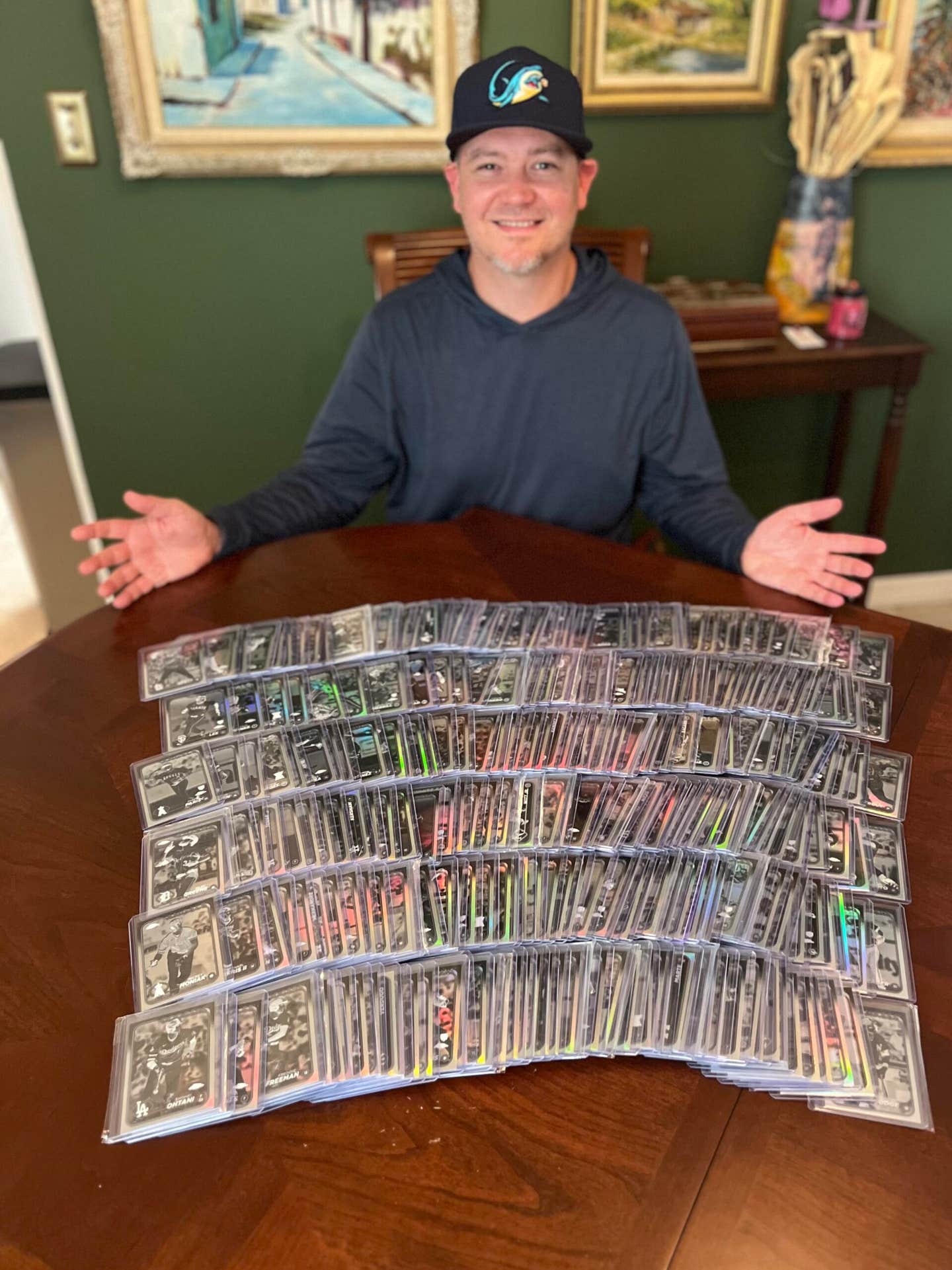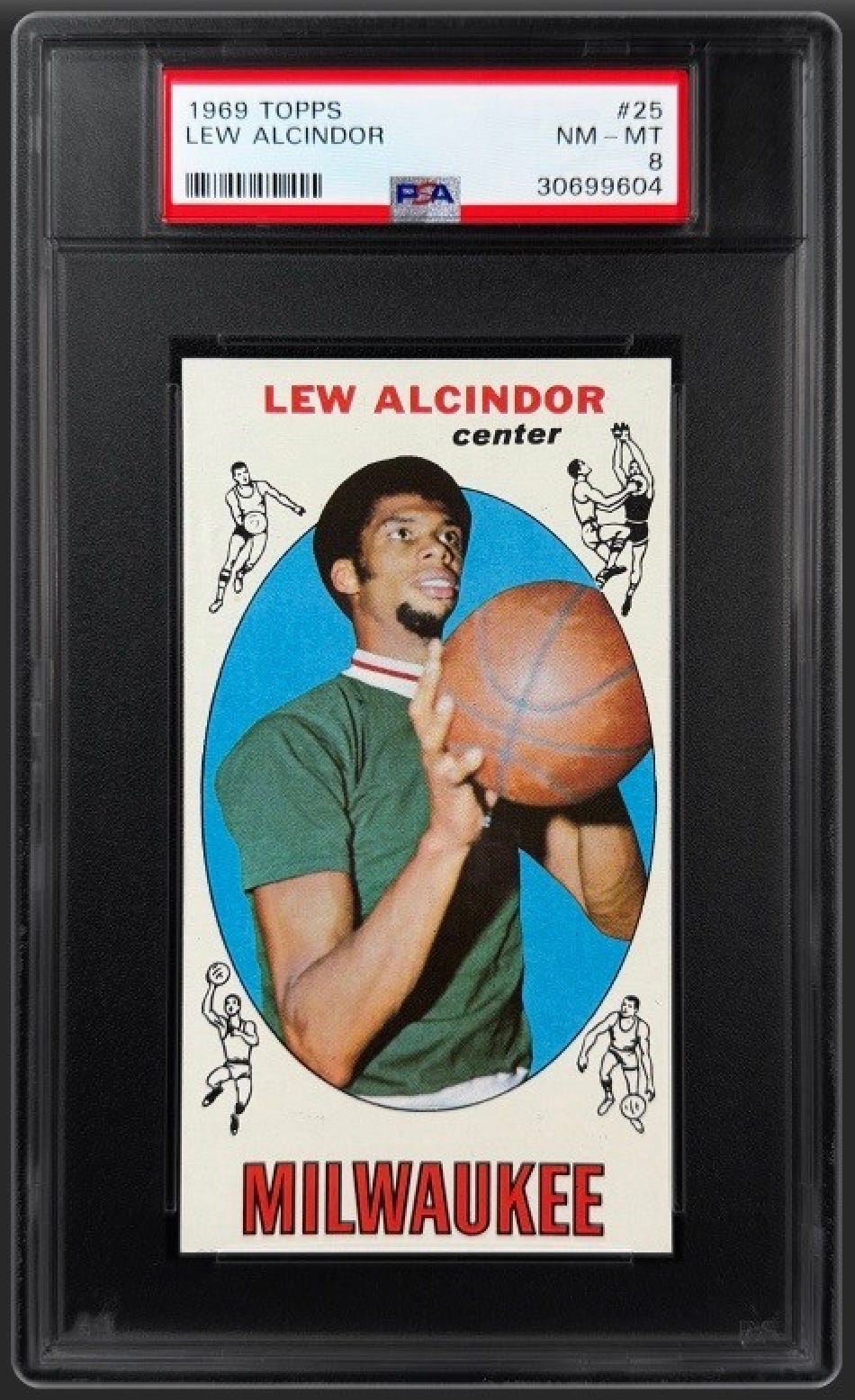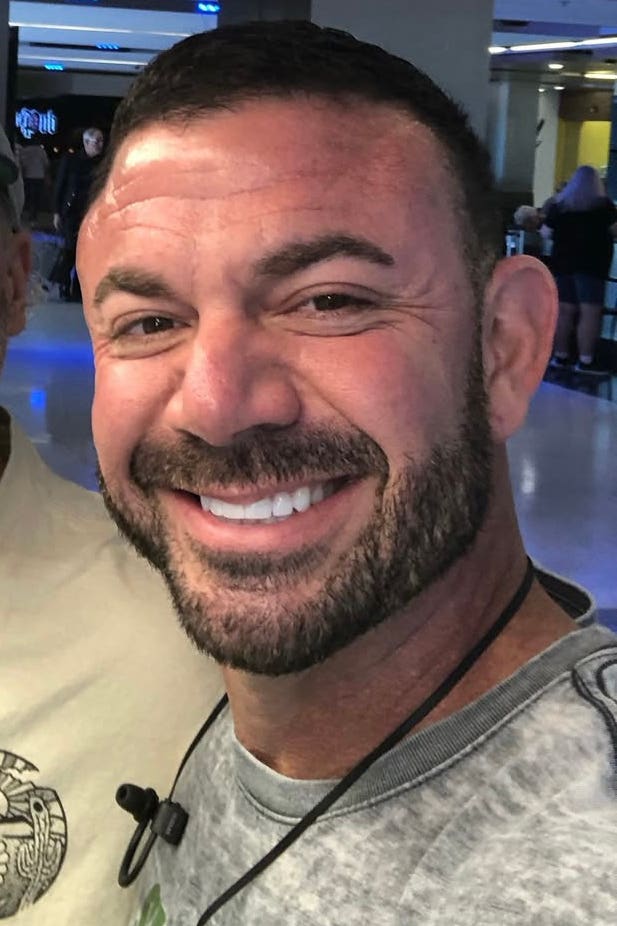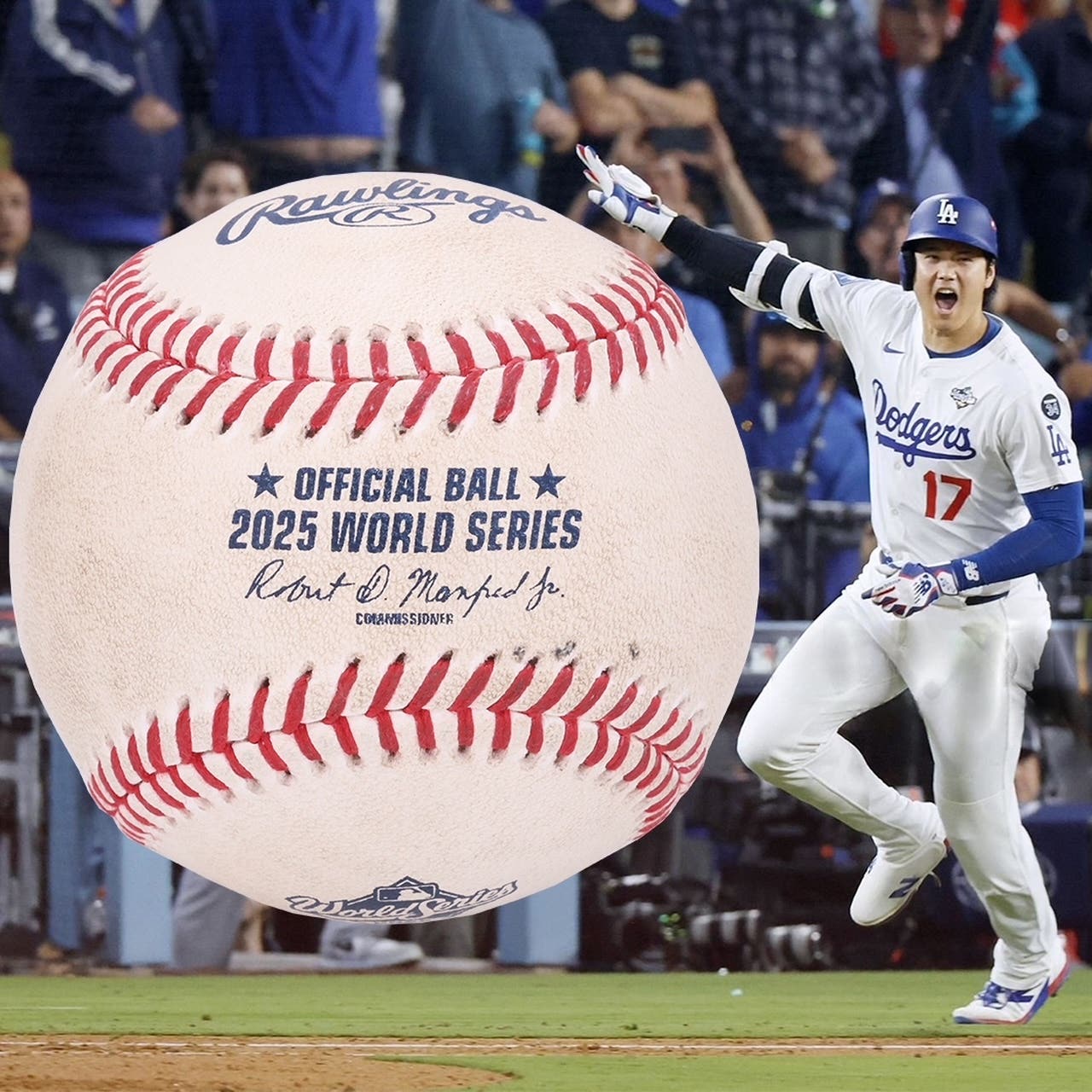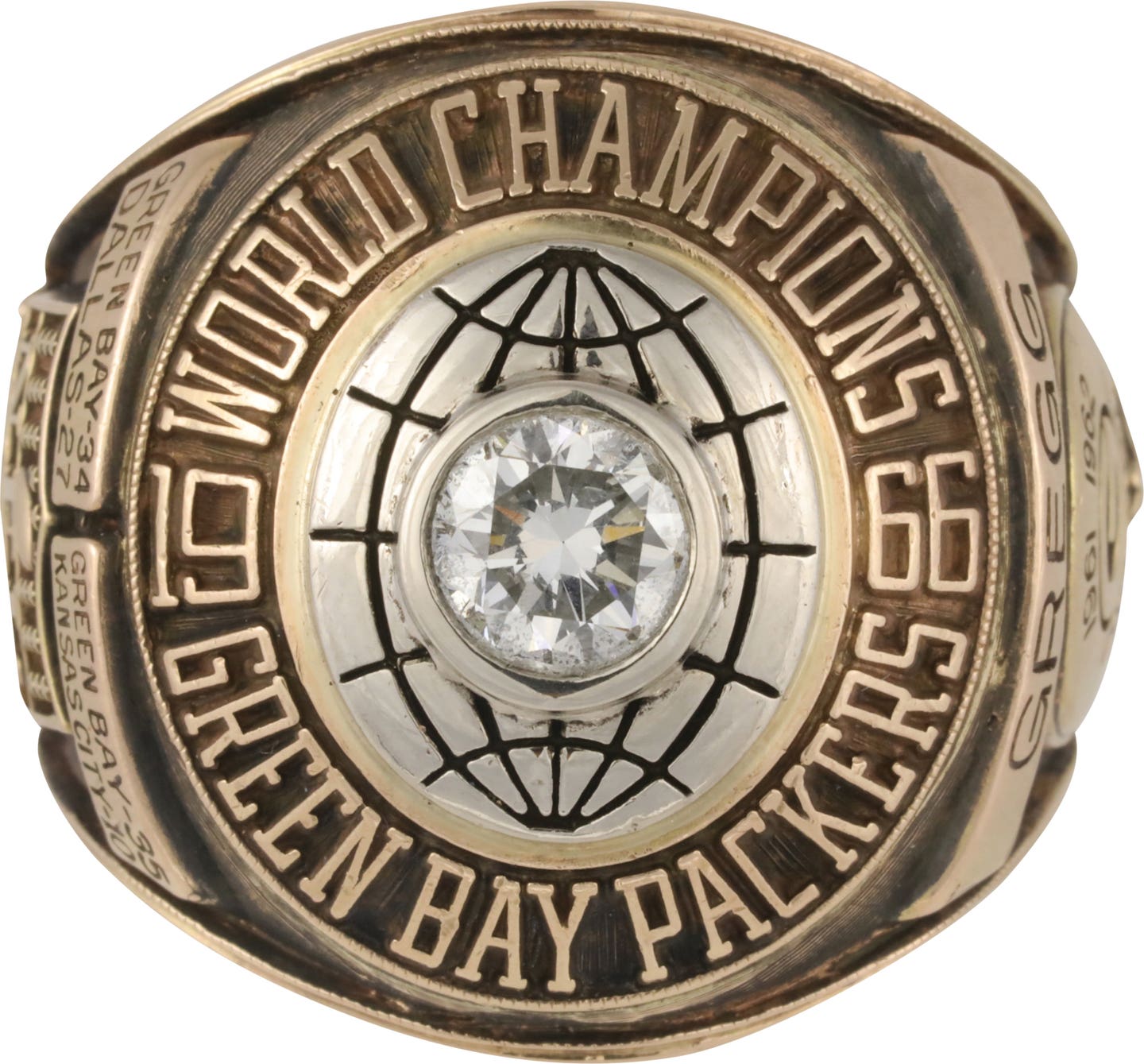Collecting 101
You can’t think and draw at the same time
When I was a kid, Yogi Berra was my favorite player. I've been very fortunate. A couple of years ago I had the opportunity to tell him. I live about 15 miles from the Yogi Berra Museum and Learning Center, on the campus of Montclair State University in Little Falls, N.J. As a volunteer, I frequently lead tours through the museum for groups from elementary school age to senior citizens.
The museum has a variety of objects relating to Yogi's career, from the bronzed mitt he used to catch Don Larsen's World Series perfect game, to a film cel of Yogi Bear. I always tell the kids who visit that the bear was named after the catcher, not the catcher after the bear.
There are also two wonderful pencil drawings, about 14-by-9 inches. One is of Yogi; the other of Casey Stengel. The two former Yankee managers are similarly posed, backs facing the artist, shoulders hunched, apparently deep in contemplation.
I was particularly impressed with the Stengel, because I saw in it the possibility of fulfilling a long-held desire. A friend gave me a Stengel autograph many years ago. He personally obtained it as a boy, in the lobby of Boston's Kenmore Hotel. I thought that it would look great matted at the bottom of this excellent drawing.
I asked Dave Kaplan, the executive director of the museum, who created the artwork. He told me it was the work of a local artist. His studio was just a few miles away, in the center of suburban Little Falls.
I phoned the artist and discovered that yes, he still had one of the Stengel prints and that it would be easy to display the autograph by cutting an opening into the mat.
After leading a tour, I drove the two miles from the museum to the studio. I not only obtained a fine display item for my office, but also met a remarkable man.
Jerry Winick's combination studio and framing shop seems to have no free space. One wall is completely dominated by his framing business: hundreds of pieces of metal and wood to be made into frames, a computer, mats in every color. The rest of the walls display his drawings and, the prints he has made from his drawings. There are animals, cowboys, still lives, New York City street scenes and ... baseball. Mantle. Jeter. The Casey and Yogi from the museum. The Babe. Even Gary Sheffield being congratulated at the plate after a homer. Jackie Robinson stealing home, a play that Yogi still insists was a bad call.
As Winick showed me how he had displayed the autograph within Casey's frame, I asked him if he had ever tried to sell his art in the sports collectibles market.
"There's a sports collectible's market that would be interested in this?" he asked.
I assured him there was indeed. That's how our conversation really began, and that's how I discovered a most original artist and a most original man: Jerry Winick, artist, teacher, family man and sport fan. He excels at them all.
Jerry Winick isn't a "sports artist" in the traditional sense of the term. His subjects are the things that he loves, and are many. Baseball is merely one of them. It is a love, however, like his love of drawing, which started very early.
"I was born in 1942, a Brooklyn Dodger fan," Winick said. "I probably went to Ebbets Field 20 times. I lived and died for them. I was a Yankee hater, of course; that comes with the territory. Most of the fans in my neighborhood were Yankee fans, even in Brooklyn, because they were perennial winners, and the Dodgers were always the underdogs. I liked the underdog."
He was born not only a Dodger fan, but also an artist. From the age of 8, he was drawing pictures of his friends and relatives. His drawings were not the usual stick figures and smiley faces most of us drew as kids. His drawings really looked like the people.
He also drew hundreds of pictures of ballparks, including many of Ebbets Field. "I wish I still had them," he says. "I drew the Abe Stark sign. The Schaeffer sign. Duke Snider was my favorite, but I drew everybody: Robinson, Campy, Gilliam, Reese. But never Mantle or Yankees. I hated them!"
Then, of course, came that fateful time when Satan, in the form of Dodger executive Walter O'Malley, moved the Dodgers to Los Angeles. "It was awful," Winick remembers. "I was absolutely crushed. The thought of following them after they moved was impossible. Except for Sandy Koufax. I followed his career because we both went to Lafayette High School."
Try as he might, he wasn't captivated by the Amazing Mets a few years later. Like so many, he thought his baseball fandom had died when the Dodgers moved.
Shortly after the move, this attention turned to more serious endeavors. He dropped out of high school at 17 and joined the Navy. About that time he began lifting weights with a buddy, Dave Draper. Draper went on to become as big a star in bodybuilding as there was in those pre-Arnold days. Winick matched him bench press for bench press, curl for curl.
One day, there was a promotional bodybuilding contest for one of those "Hercules" movies starring Steve Reeves. All the local strongmen signed up, including Winick, who did it as a lark. Joe Weider, who has rightly been called "The godfather of bodybuilding," showed up with some of the guys he had been training, ringers, ready to show the local amateurs what real professionals looked like.
Winick won the contest.
Weider offered him a job the next day. Not bad for a high-school dropout. Winick worked for a time in Weider's Union City, N.J., operation, but the most significant benefit he received was meeting his first wife, who was Weider's secretary.
Winick now calls his professional bodybuilding experience a "one year career." What a year! In 1963, he was Mr. New York, Mr. East Coast, and finished second in the World Series of bodybuilding, the Mr. Universe contest. He was on TV, performing his posing routine on Johnny Carson's pre-Tonight Show, "Who Do You Trust?"
That's like signing a contract off the sandlots and finishing second in the MVP voting in your rookie year. But that was it for Winick, bodybuilder. "It was very rewarding, but I lost interest in competing," Winick said.
Even in the early 1960's, Winick remembers body builders using steroids. "They were pills then," Winick recalled. "You'd see a guy, then six months later you'd see him again and it was like, 'Wow! What happened to you?'"
According to Winick, "The guys had gotten so big, that soon you couldn't compete without using. Steroids were legal then. They didn't know what they were doing. The stuff just worked. I wonder now if any of them suffered from long-term use?"
The Joe Weider enterprise moved to Santa Monica, Calif., soon after Winick started working for him, and Jerry, recently married, stayed back east. He had no education. He didn't have the Dodgers. What he had was a new wife and, before too long, a new son. He worked at too many jobs to remember for too long, including such memorable gigs as pressing dresses at a women's clothing factory, and as salesman in the circulation department of The Bergen County Record. Eventually, another son and daughter came along.
"I never quit drawing, but I never thought of selling my art," he says. "I went to William Paterson University at age 35 and studied art education." His many jobs, neither lucrative nor fulfilling, were not conducive to maintaining a marriage or a family.
It was only when Winick met his current wife, Karen, that his life changed toward its current path. She said, "You are an artist. That's what you need to do for a living."
They were married in 1982. "She said we would find a way, and we have. This has been a great bless ing. I've been a full-time artist since then, but it didn't happen for me until I was 40," he added. "A woman always thinks she can turn a troubled guy around. It never works. But this time, it did."
They began by showing Winick's art at the various outdoor craft and art fairs that are as plentiful in the New Jersey suburbs as street fairs in the city. They would do 20-30 shows a year, in the spring and fall. Then he began teaching.
Jerry has been teaching pencil drawing at several local adult schools for the past 15 years. He also teaches at Boys and Girls Clubs, and in his studio. He has more than 300 students, from ages 6 to 92.
One of his adult students was a friend to one of the founders of the Yogi Berra Museum. That's how his work came to be displayed there.
Five years ago he opened his studio and framing shop. The combination of teaching, drawing and framing has been a winner. His web site, www.1pencil.com, exists through the offices of his youngest daughter, Michelle. Winick's medium is pencil, not computer.
"Sometimes people call me a sketch artist simply because they don't see what I am doing," Winick says. "The reputation of pencil is that it is used as a preliminary stage for another medium, like oil painting or pastels. Pencil is never taken that seriously."
Somebody is taking him seriously. His work has won more than 300 awards, often competing against oil painting, watercolors and pastels.
Each drawing has the full range of tone, from completely black to completely white. This is what gives his work an almost super-realistic feeling. Winick usually works from photographs, either color or black-and-white, though his finished products are always black-and-white.
He has joked, however, and said that his drawing of a zebra was in color. He is quite fond of zebras, since Pier One Imports bought 7,000 of his zebra prints for their stores.
There is another advantage that a drawing from a photograph has over the original image. "You can do things with a pencil you can't do with a camera. I make changes, corrections," he explained. "When I do outdoor scenes, there might be a telephone pole sticking out from behind their heads. I can eliminate those things."
Perhaps he could do a drawing of Yogi where he clearly tags out Robinson. Perhaps he could find his way to create an image of Bill Buckner cleanly fielding Mookie Wilson's grounder. Probably not, for in 1986 he was a Mets' fan.
If Stengel's Amazin' Mets of 1962 didn't distract the young Jerry from the gym, a few years later the Miracle Mets of 1969 did. He went to lots of games, taking his sons and making them into Mets fans in the process. But it was not to last. By 1993, the forgettable Jeff Torborg years had taken their toll on Winick's fandom. Bobby Bonilla, Vince Coleman and the rest didn't seem to put much sparkle into their play, to say the least. Winick got the impression that he cared more about winning than many of the players.
Meanwhile, in The Bronx, a bunch of new players were forming who most obviously did care about winning. In an extremely rare change of loyalty, this former Brooklyn Dodger fan, this former Met rooter, became a fan of those pinstripes he had once loathed. Derek Jeter, Paul O'Neill, Tino Martinez, Joe Torre and the rest of that jolly crew made Winick into a Yankee fan.
"My kids still can't forgive me," Winick laments. "They can't understand. I think it may be a function of age. I didn't want to spend another 20 years, maybe, waiting for Mets' ownership to get a clue. I'm not a front runner, but once I got hooked on them and they kept winning, I couldn't let go, and still haven't."
Thus, the relatively new Yankee fan began to draw Yankees, even those he used to hate, like Casey, Mickey and Yogi. How would Winick feel about having more requests for his baseball subjects, now that he is aware of the market?
"It would be good! It's a nice time in my life to get a little bit of a jolt. I wasn't looking for it. I've been in a little bit too much of a routine, teaching and drawing," he says. "Sometimes you need a little bolt of lightning."
What if somebody said they wanted him to do a special drawing just for them, of somebody he wouldn't normally consider, say Albert Pujols?
Winick considered this idea for a moment and said, "I could do that. I've shied a way from commissions because I want to draw what I want. My original drawings go for about $5,000." The prints, of course, are much less, in editions of hundreds.
Given that some collectors pay $5,000 for one baseball card, perhaps that Albert Pujols original drawing isn't a stretch. There seems to be no end to the upscale market in baseball collectibles these days, as much as in real estate or automobiles. Fortunately, he does do print editions of his work, or that Casey drawing would be as distant from me as a Maserati.
"I use what's called the giclee process to make my prints," Winick explained. "That's French for 'spray.' It's an inkjet printing process, fairly new, and superior to the more traditional lithograph process, which is a system of dots, and is still used in magazines and newspapers."
Winick has more buyers for his original drawings than he needs. "I have closets full of drawings and once in a while I let one go." One gets the feeling that letting them go is like letting go of his children. Jerry said, "I make a phone call and it's sold."
As we discuss the creative process, the teacher in Winick comes out. "I think of drawing as a function of seeing. We draw with our eyes, and the hand goes along. Most people interpret what they see, and then that interpretation becomes what they think they see." Winick gets almost philosophical as he says, "We see through our opinions, our point of view."
The idea is to get his students to see just with their eyes, to draw what is there, and not what they think should be there. This is especially helpful in getting students away from believing that a subject is too difficult for them to draw. This is the key to creating art that is true, that is real."
According to Winnick, it is through practice and repetition that one learns to draw, and not from that judging part of the brain, but from that deeper part that sees clearly. This is true not only of drawing, but, Winick insists, of other media, as well. "Pavarotti used to say, before he went on stage, 'I don't know how to sing!' And he doesn't. That is, he doesn't know where his singing really comes from. It is his talent. His gift. I do the same with drawing. I don't know how to draw. I just trust that it will happen. But if I have to think about it ... "
I am reminded of when I interviewed Kirk Gibson years ago about his World Series homer against Goose Gossage in 1984. I asked him how he could perform in such a clutch situation. "I just let my talent do it," he said. A simple thing to be able to do, one might think.
"You trust yourself," Winick adds. "If you have to think about it, it gets in the way."
Which lead to my obvious rejoinder: "Do you mean," I asked, paraphrasing Yogi, "that you can't think and draw at the same time?"
"That's it!" Winick laughed. "That's exactly right."



